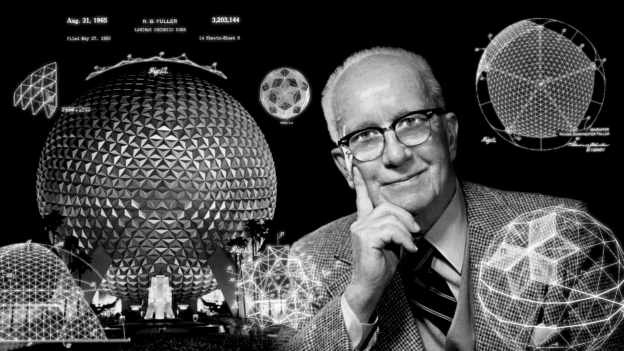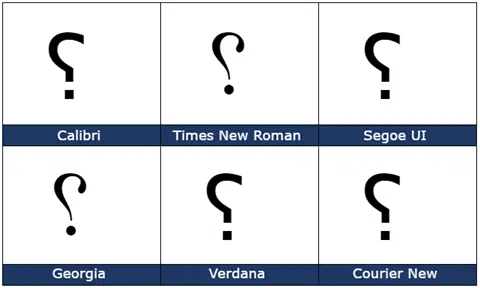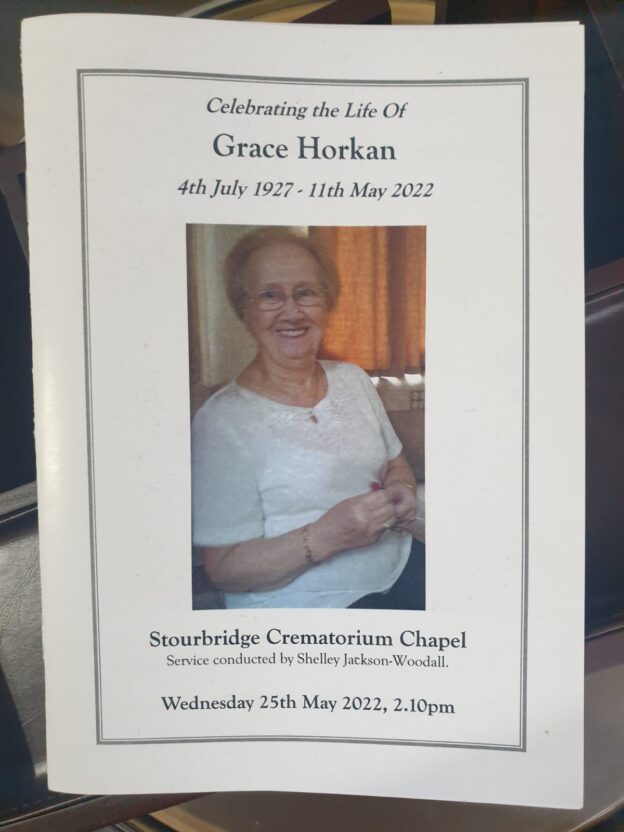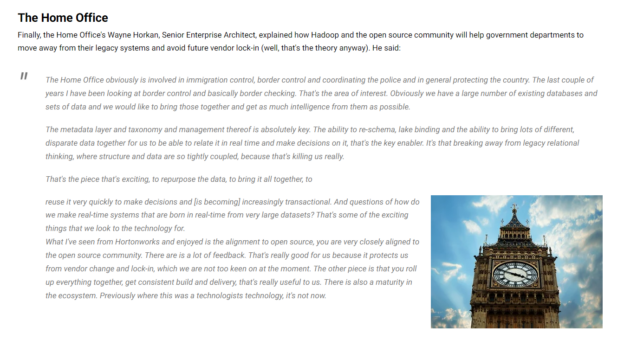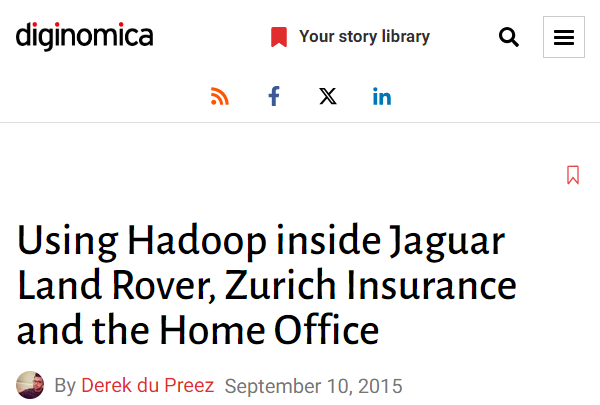Introduction
Childbirth, a natural process that brings new life into the world, is often hailed as a joyous and miraculous event. However, beneath the surface of this profound human experience lie hidden dangers that demand our attention. Despite significant advancements in medical technology and maternal healthcare, childbirth remains a perilous journey for many women around the world. This article sheds light on the often-overlooked risks associated with childbirth and emphasizes the need for continued efforts to safeguard maternal health.
Maternal Mortality: A Global Crisis
While the world has made substantial progress in reducing maternal mortality, the numbers remain alarming. According to the World Health Organization (WHO), approximately 810 women die every day from preventable causes related to pregnancy and childbirth. This means that, on average, a woman loses her life every two minutes due to complications during pregnancy or delivery. The majority of these tragic deaths occur in low-resource settings where access to proper healthcare is limited.
Complications and Medical Challenges
Childbirth carries inherent risks, and despite medical advancements, women continue to face numerous challenges. Hemorrhage, infections, hypertensive disorders, and obstructed labor are some of the leading causes of maternal morbidity and mortality. Additionally, pre-existing conditions such as diabetes, heart disease, and obesity can further exacerbate the risks associated with childbirth.
Insufficient Access to Quality Healthcare
One of the most critical factors contributing to the dangers of childbirth is the lack of access to quality healthcare, particularly in developing regions. Many women face barriers such as distance, cost, and cultural norms that prevent them from receiving timely and appropriate prenatal and obstetric care. Insufficient access to skilled birth attendants, emergency obstetric care, and postnatal support increases the likelihood of complications going undetected or untreated, leading to tragic outcomes.
Inequalities and Disparities
The dangers of childbirth disproportionately affect marginalized communities, exacerbating existing social and economic inequalities. Women in rural areas, ethnic minorities, and those living in poverty are particularly vulnerable. Lack of education, limited resources, and discrimination further restrict their access to quality healthcare, perpetuating a cycle of disadvantage. Addressing these disparities is crucial to ensuring that no woman is left behind in the pursuit of safe childbirth.
Psychological Impact on Maternal Mental Health
The physical risks of childbirth are not the only concerns women face. Pregnancy and the postpartum period can also have a profound impact on mental health. Conditions such as postpartum depression and anxiety can emerge, affecting not only the well-being of the mother but also the bonding with the newborn. Recognizing and addressing the psychological challenges faced by mothers is essential for a comprehensive approach to maternal healthcare.
The Way Forward: A Call to Action
To combat the dangers of childbirth, a multi-faceted approach is necessary. Governments, healthcare providers, NGOs, and communities must collaborate to ensure universal access to quality prenatal and obstetric care. Investments in healthcare infrastructure, training of healthcare professionals, and community education are essential components of a comprehensive strategy.
In addition, raising awareness about maternal health issues, both locally and globally, is crucial. Public campaigns, media engagement, and advocacy efforts can help mobilize resources and support for initiatives that aim to reduce maternal mortality and improve the overall well-being of mothers.
Conclusion
Childbirth, though a natural process, is not without its dangers. From preventable deaths to systemic disparities, the risks faced by women during pregnancy and delivery demand urgent attention. By addressing the challenges related to maternal healthcare, we can ensure that every woman receives the care she deserves, regardless of her socioeconomic background or geographical location. The quest for safe childbirth is a collective responsibility that requires unwavering commitment from all stakeholders. Only through concerted efforts can we secure a future where childbirth is no longer marred by unnecessary risks and where every mother can experience the joy of bringing new life into the world without fear for her own well-being.
While progress has been made in reducing maternal mortality rates, there is still much work to be done. By investing in healthcare infrastructure, improving access to quality prenatal and obstetric care, and addressing the underlying social and economic inequalities that contribute to the dangers of childbirth, we can strive for a safer and more equitable future.
The time to act is now. The perils of childbirth must no longer be swept under the rug or dismissed as inevitable. Every woman deserves the right to a safe and healthy childbirth experience, and it is our collective responsibility to make this a reality. Let us join forces, advocate for change, and work towards a world where childbirth is truly a joyous and life-affirming event for all women.
In the face of the dangers that persist, let us remember the strength and resilience of women throughout history who have endured childbirth. Their experiences and sacrifices have paved the way for the advancements we enjoy today. It is our duty to honour their legacy by continuing to strive for safer and more compassionate maternity care.
The perils of childbirth may be daunting, but they are not insurmountable. With unwavering commitment, compassion, and collaboration, we can create a future where every woman can bring new life into the world with confidence and without unnecessary risk. The journey toward safe childbirth begins now, and it is one that we must embark upon together.
